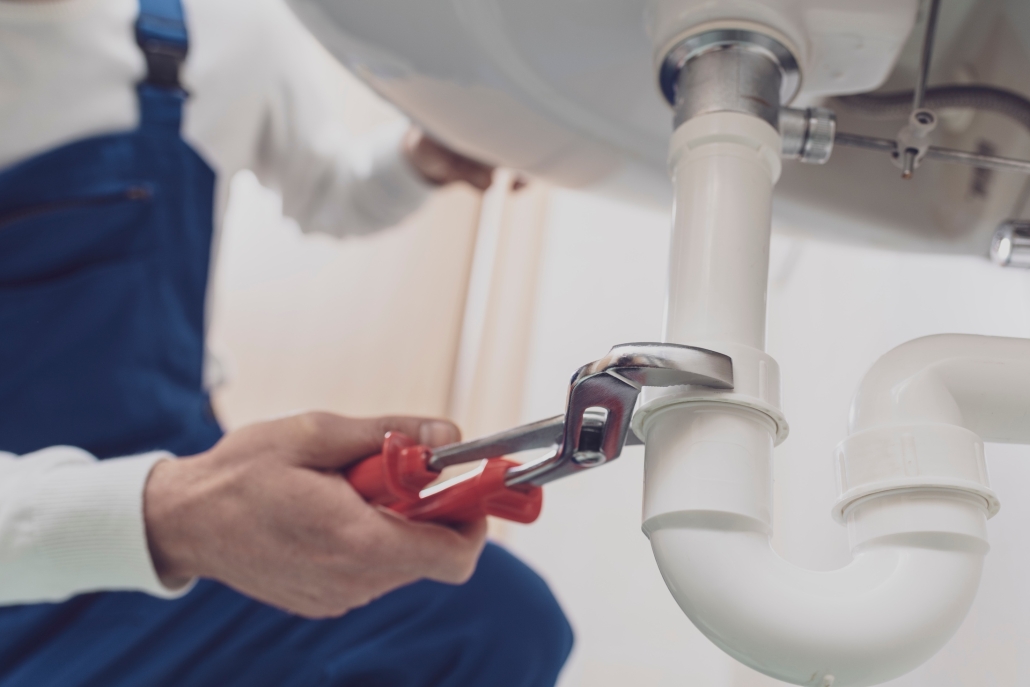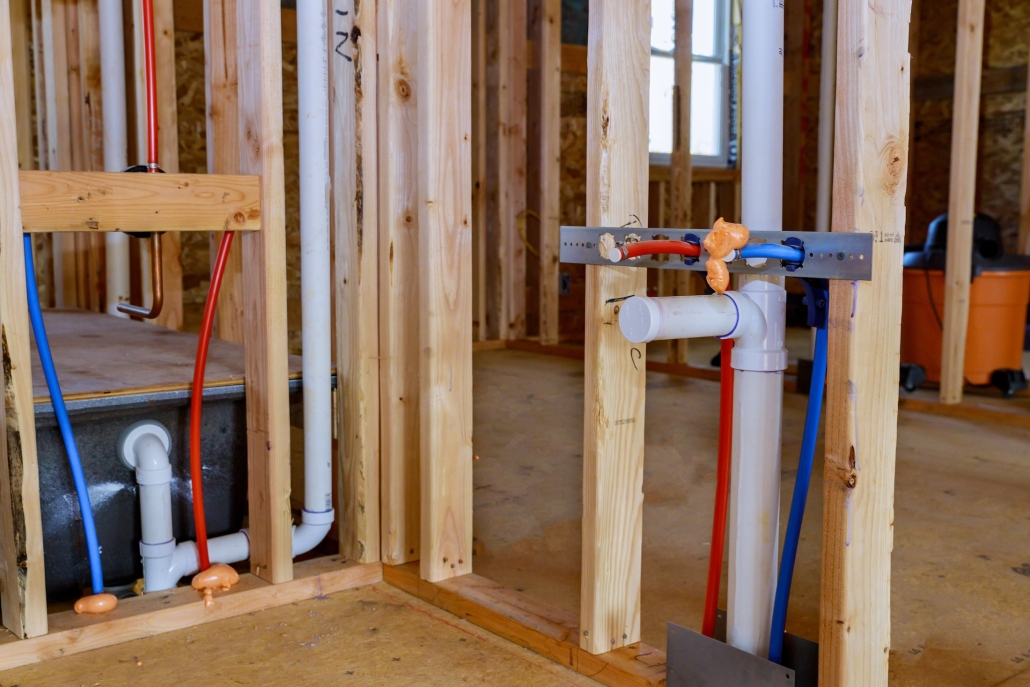The Importance of Pressure and Air Tests in New Construction Plumbing
New Construction Plumbing — Implementing reliable and durable plumbing systems is essential in new construction projects, not only for functionality and safety but also for meeting building code requirements. One of the most crucial steps in ensuring the integrity of a plumbing system is the execution of pressure and air tests. These tests verify the system’s reliability, identify potential leaks, and avert long-term damage that could lead to significant liabilities. This article explores the purpose, process, and tools involved in pressure and air testing and outlines the consequences of undetected plumbing leaks.
Ensuring System Integrity Through Testing
Plumbing systems in new construction consist of an intricate network of pipes, joints, valves, and fittings. Even a minor flaw in this network can compromise its performance, lead to costly repairs, and, in some cases, cause structural damage. Pressure and air testing are critical methods used to ensure that the system is leak-free and can withstand operational demands without failure.
These tests are crucial because:
- They Identify Defects Early: Small leaks or weak connections can go unnoticed during installation. Testing under pressurized conditions uncovers these vulnerabilities before they become catastrophic problems.
- They Meet Regulatory Requirements: Most local building codes mandate pressure testing to confirm plumbing systems meet safety and performance standards.
- They Enhance Longevity: Validating the system’s integrity reduces the chances of future malfunctions, extends the life of the plumbing network, and protects the property investment.
The Testing Process and Tools Used
Pressure Testing
Pressure testing involves filling the plumbing system with water and pressurizing it well above its normal operating level, typically measured in pounds per square inch (PSI). A pressure gauge monitors the system during the test. If the pressure remains steady over a specific time frame, the system is deemed leak-free. However, if there’s a pressure drop, it indicates a leak that needs to be located and fixed.
Air Testing
Air testing is a similar procedure that uses compressed air instead of water. This method is particularly beneficial in colder climates, where using water could result in freezing. It involves inserting test plugs or caps into the lines, pressurizing the system to a certain pressure, and monitoring the pressure.
Both methods rely on professional-grade tools such as:
- Pressure Gauges: To monitor system pressure during testing.
- Compressor Systems: For air testing, compressors supply air at the required pressure.
- Test Plugs or Caps: To isolate sections of the plumbing system while testing.
- Leak Detection Solutions: Used in air tests to visually confirm the location of leaks.

The Consequences of Undetected Plumbing Leaks
Small leaks in a plumbing system can have far-reaching consequences if not identified and repaired. Ignoring these issues can lead to:
- Water Damage: Even a slow, consistent leak can saturate building materials, weakening their structure over time. Water stains, warping, and paint damage are typical results.
- Mold and Mildew Growth: Moist environments are breeding grounds for mold, which can quickly spread to other areas, causing health concerns for occupants and requiring expensive remediation.
- Structural Issues: Persistent leaks might seep into the foundation or framework of a building, leading to rot, cracks, or even structural collapse in extreme cases.
- Higher Utility Costs: Undetected leaks can drive up water bills, wasting resources unnecessarily.
- Code Non-Compliance and Legal Challenges: Failing to detect and address plumbing leaks may lead to non-compliance with building codes, exposing contractors and developers to legal and financial liabilities.
Practical Insights for Contractors and Builders
To ensure the success of pressure and air testing, builders and contractors should:
- Follow Manufacturer Guidelines: Ensure all test pressures and methods comply with the specifications of the materials and components used in the plumbing system.
- Document the Process: Maintain records of test results to demonstrate compliance with building codes and regulations.
- Invest in Quality Tools: Use reliable equipment to ensure accurate testing. Faulty gauges or caps can lead to false results or damage to the system.
- Perform Tests Early: Conduct initial tests before finishing or enclosing walls to allow easy access for repairs if needed.
Final Thoughts
Pressure and air testing are vital steps in creating reliable plumbing systems in new construction. By identifying potential issues early, these tests not only prevent costly repairs and long-term damage but also uphold safety standards and ensure regulatory compliance. While the process requires precision and the right tools, its benefits far outweigh the time and effort involved, ultimately safeguarding both the property and its occupants.
Investing in thorough testing today ensures peace of mind for years to come. For contractors and builders, the takeaway is clear—a robust and leak-free plumbing system starts with proper testing.





